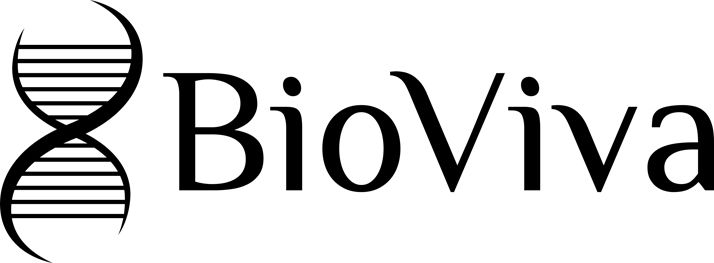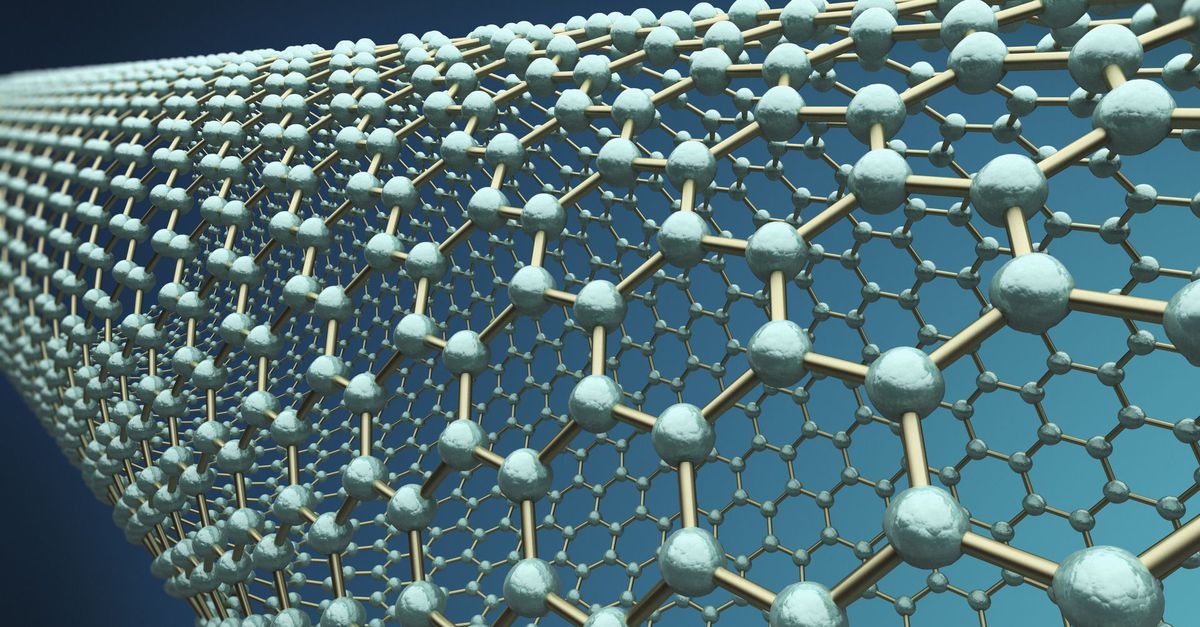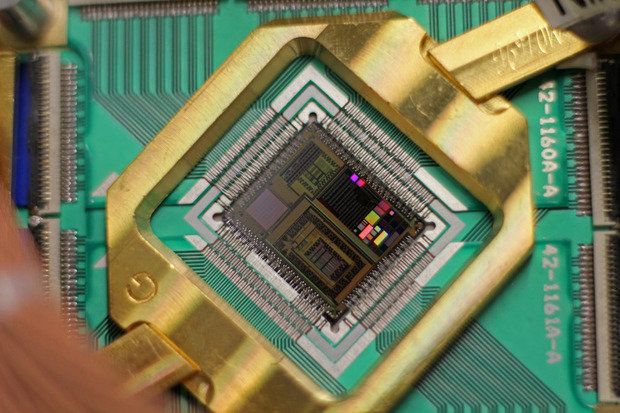Oct 2, 2015
Incident of drunk man kicking humanoid robot raises legal questions
Posted by Phillipe Bojorquez in categories: computing, law, robotics/AI
A few weeks ago, a drunk man in Japan was arrested for kicking a humanoid robot that was stationed as a greeter at a SoftBank, Corp., store, which develops the robots. According to the police report, the man said he was angry at the attitude of one of the store clerks. The “Pepper robot” now moves more slowly, and its internal computer system may have been damaged.
Under current Japanese law, the man can be charged with damage to property, but not injury, since injury is a charge reserved for humans. Dr. Yueh-Hsuan Weng, who is cofounder of the ROBOLAW.ASIA Initiative at Peking University in China, and former researcher of the Humanoid Robotics Institute at Waseda University in Japan, thinks a better charge lies somewhere in between.
Weng is advocating for special robot laws to address the unique nature of human-robot interactions. He argues that humans perceive highly intelligent, social robots like Pepper (which can read human emotions) differently than normal machines—maybe more like pets—and so the inappropriate treatment of robots by humans should be handled with this in mind.
















